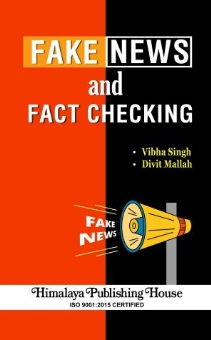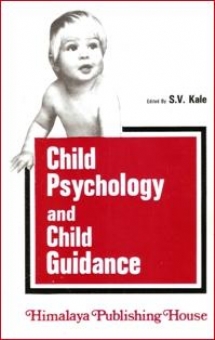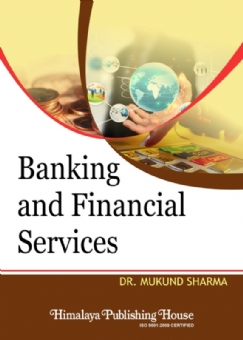If news sources or social media reports news, do we assume probably that it is accurate? Should we, why or why not?
Fake news is not a new phenomenon which has started in the digital age. It has been around since humans started communicating, and for ages, it has existed amongst a mixture of myths, stories, legends and provable facts. But in the present days, the problem is becoming serious with misinformation being spread rapidly because of social media.
When social media has become a part of our life. The usage of WhatsApp, Facebook, Twitter without even understanding the problems and issues can create through rumours, morphed images, click-baits, motivated stories, unverified information and stories planted by politically motivated people for various interests spread easily among 38 crore internet users in India.
The need of the hour at present for a journalist is that they should proactively detect and uncover new cases and forms of misinformation and disinformation. As a journalism student, they have to understand how misinformation and disinformation spread in media is becoming a serious social challenge. The outcome is the poisonous atmosphere on the web and causing riots and lynchings on the road.
The book talks about fake news keeping in view the different disciplinary perspectives, which includes the overlapping contexts of politics, technology, and journalism.
Contents –
1. Introduction
2. Information Disorder
3. Media and Information Literacy (MIL)
4. Fact Checking
5. Social Media Verification
Appendix – I: Indian Media Campaigns against Fake News – Free Press Journal
Appendix – II: Some Literacy Vocabulary and Fake News Vocabulary
Appendix – III: Learn from the Experts
Additional Reading
References
Multiple Choice Questions
Model Question Paper







